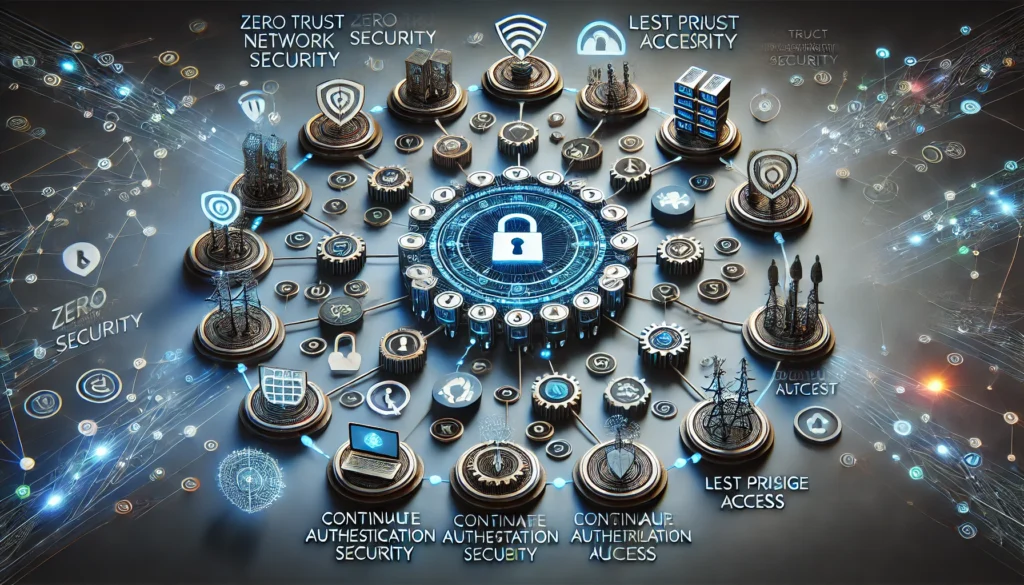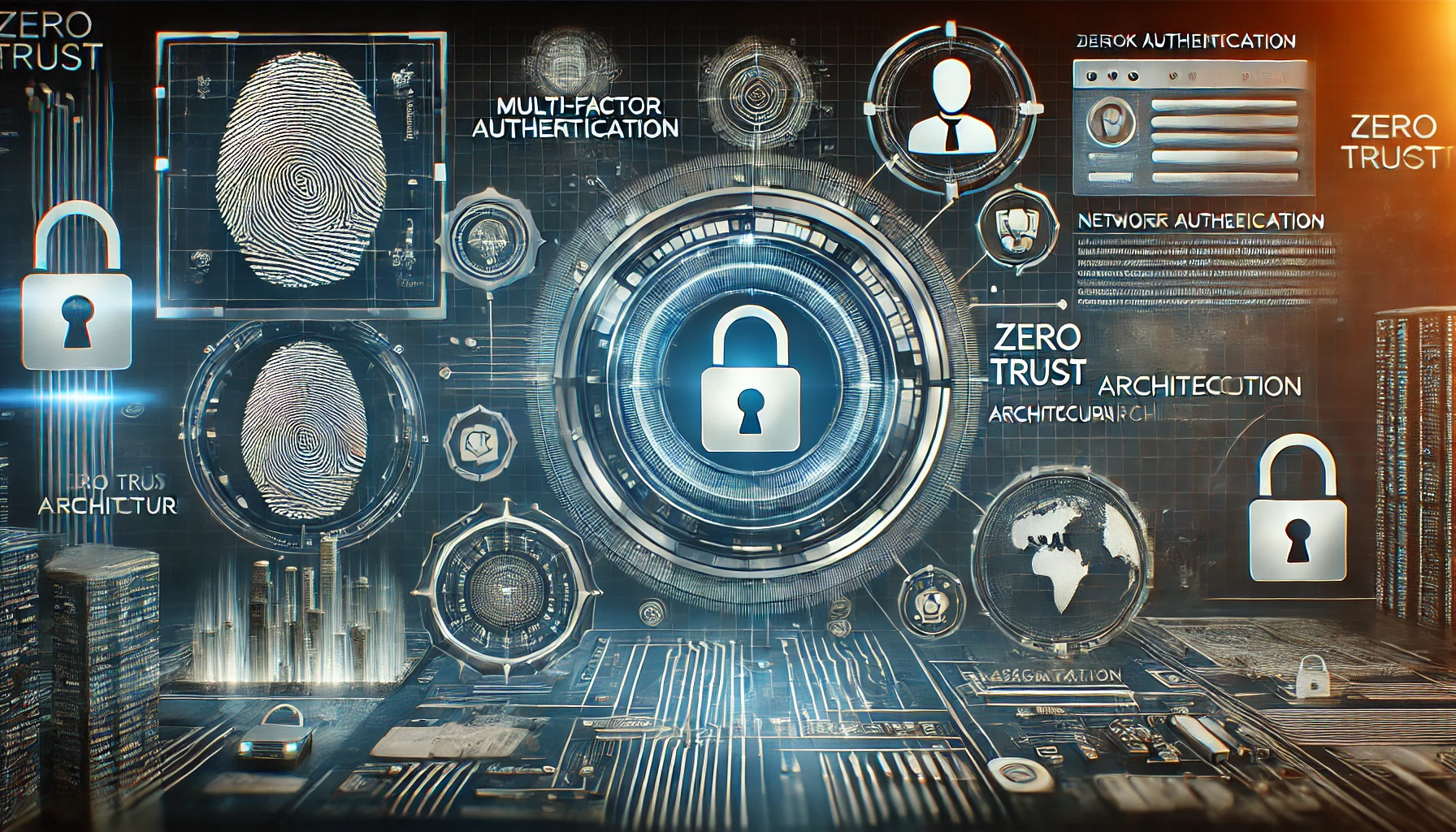Cyber threats continue to evolve, making traditional perimeter-based security models insufficient. Zero Trust Architecture (ZTA) provides a modern, proactive approach to cybersecurity by enforcing strict access controls and continuous authentication. In this article, we’ll explore what Zero Trust is, why it’s crucial for businesses, and how to implement it effectively.
What is Zero Trust Architecture?
Zero Trust is a security framework based on the principle of “never trust, always verify.” Unlike traditional security models that assume trust within a network, Zero Trust continuously verifies every user and device attempting to access resources, regardless of location.

Core Principles of Zero Trust
- Least Privilege Access: Users and devices only receive access to what is necessary.
- Continuous Authentication: Verification is required at every access attempt, not just at login.
- Micro-Segmentation: Networks are divided into smaller zones to minimize potential damage from breaches.
- Assume Breach Mentality: Organizations operate under the assumption that threats exist inside and outside the network.
Why Zero Trust is Critical for Businesses
1. Mitigates Cybersecurity Threats
With ransomware attacks and insider threats on the rise, Zero Trust reduces the risk of unauthorized access and lateral movement within networks.
2. Protects Remote and Hybrid Workforces
As employees access business applications from various locations, Zero Trust ensures secure authentication and encrypted data transmission.
3. Compliance and Regulatory Benefits
Industries like healthcare, finance, and government require strict data security standards. Zero Trust aligns with compliance frameworks such as NIST 800-207 and CISA Zero Trust Maturity Model.
Implementing Zero Trust Effectively

1. Adopt Multi-Factor Authentication (MFA)
MFA ensures that users provide multiple forms of verification before accessing systems, reducing the risk of compromised credentials.
2. Implement Identity and Access Management (IAM)
An IAM system enforces role-based access control (RBAC) and ensures that employees only have access to necessary resources.
3. Use Network Segmentation and Micro-Segmentation
By dividing networks into secure zones, organizations limit the spread of threats in case of a breach.
4. Enable Endpoint Detection and Response (EDR)
EDR solutions provide real-time monitoring and response to potential security threats on endpoints.
5. Leverage Security Analytics and AI
AI-driven security solutions analyze access patterns and detect anomalies, helping prevent unauthorized access attempts.
Strengthening Your Business with Zero Trust
Zero Trust Architecture is more than just a security model—it’s a strategic shift in how businesses protect their networks, data, and employees. By implementing Zero Trust, organizations can significantly reduce their cybersecurity risk and enhance overall resilience.
For expert guidance on Zero Trust implementation, explore CatchMark Technologies’ Cybersecurity Solutions.

